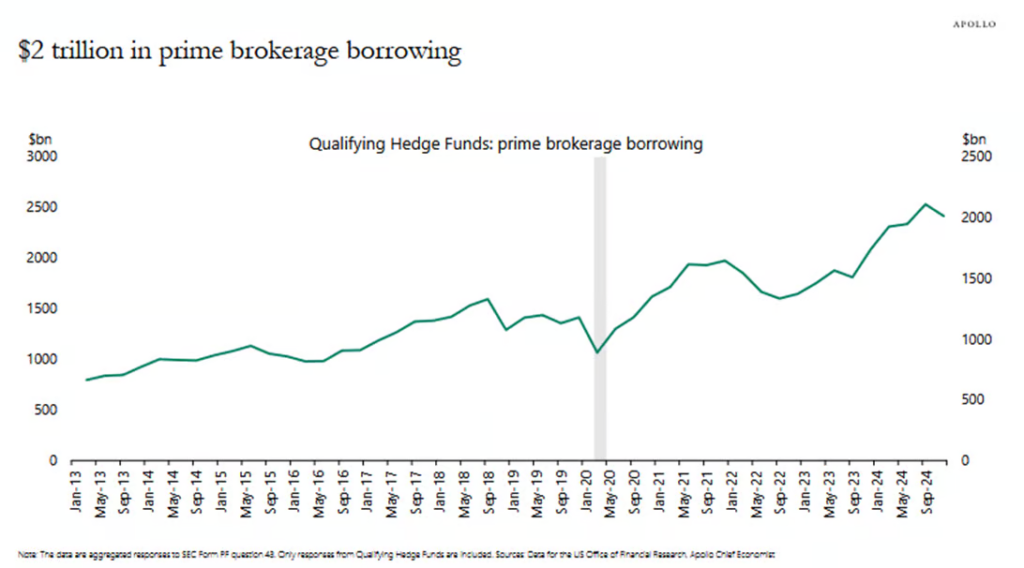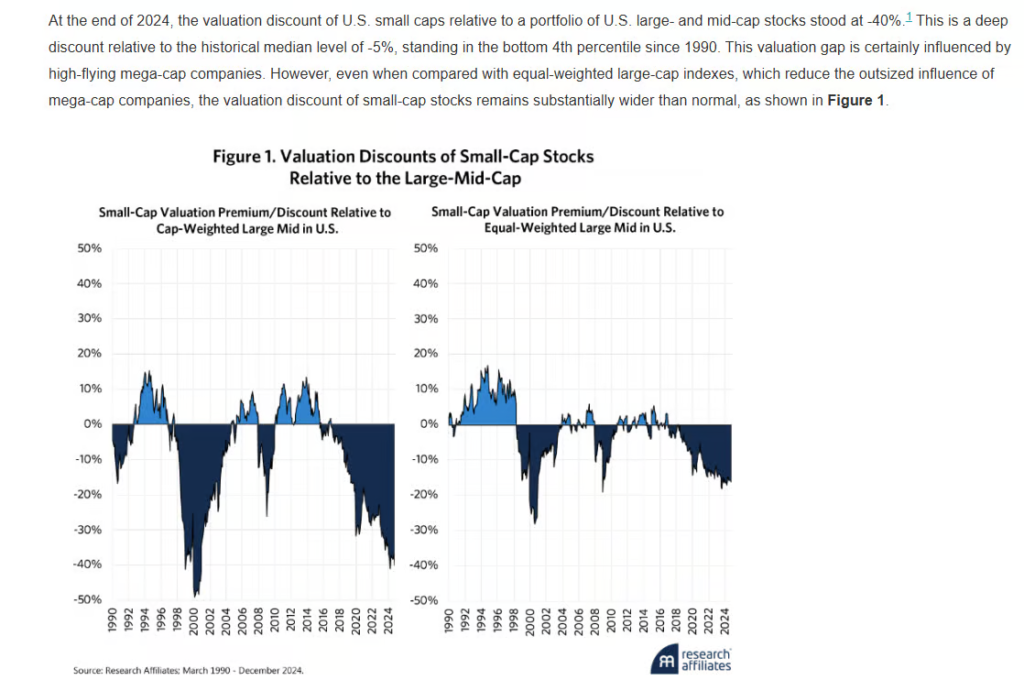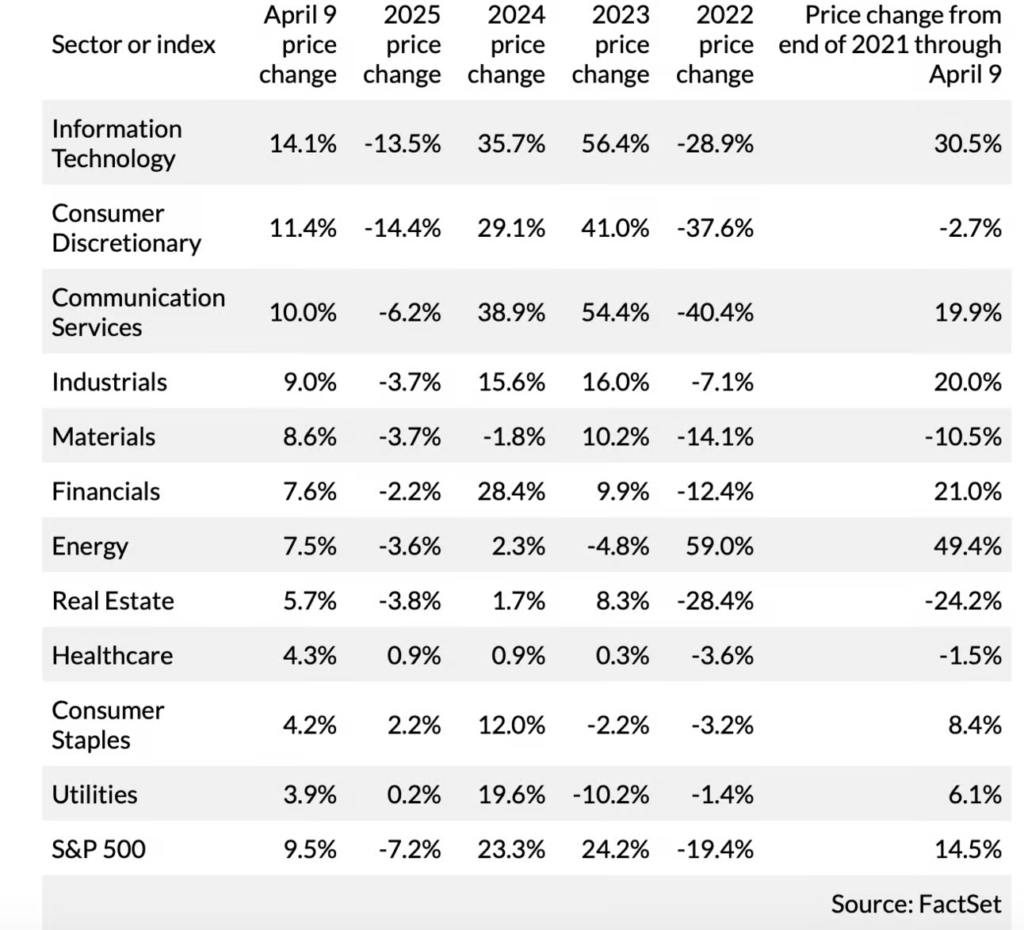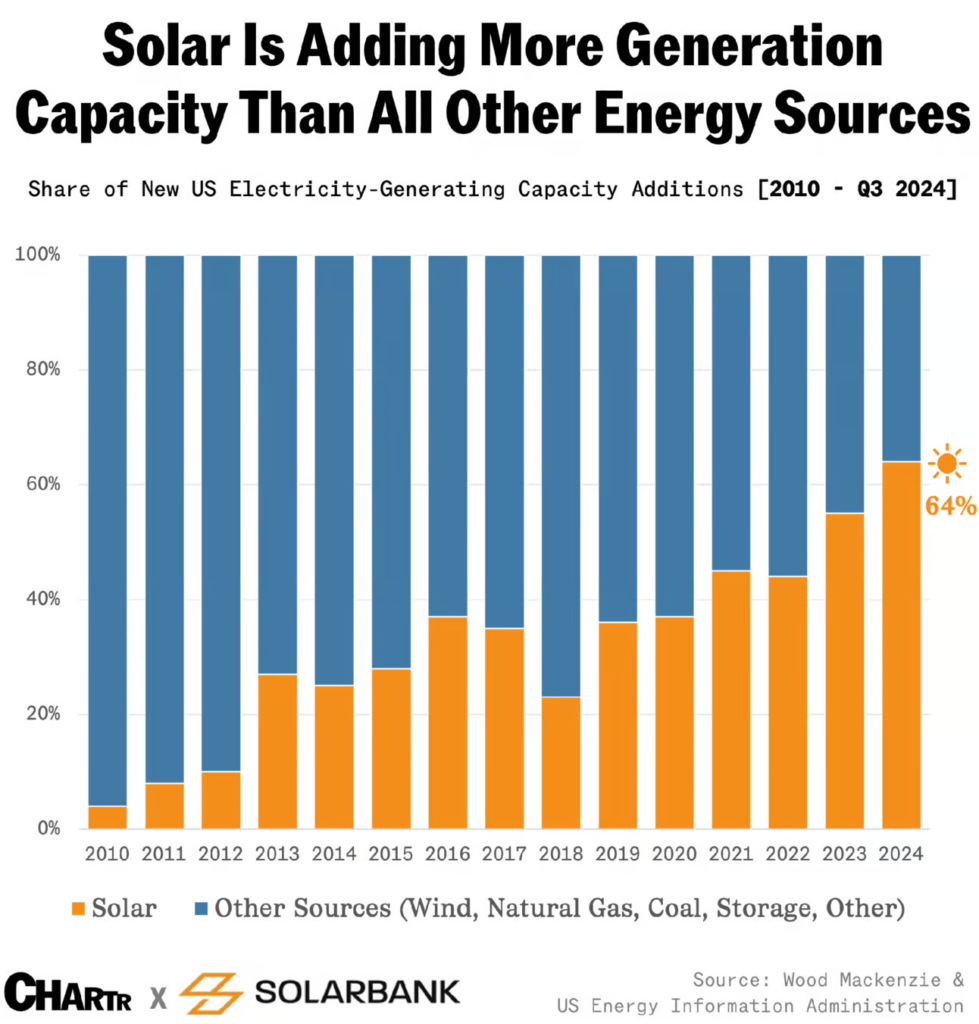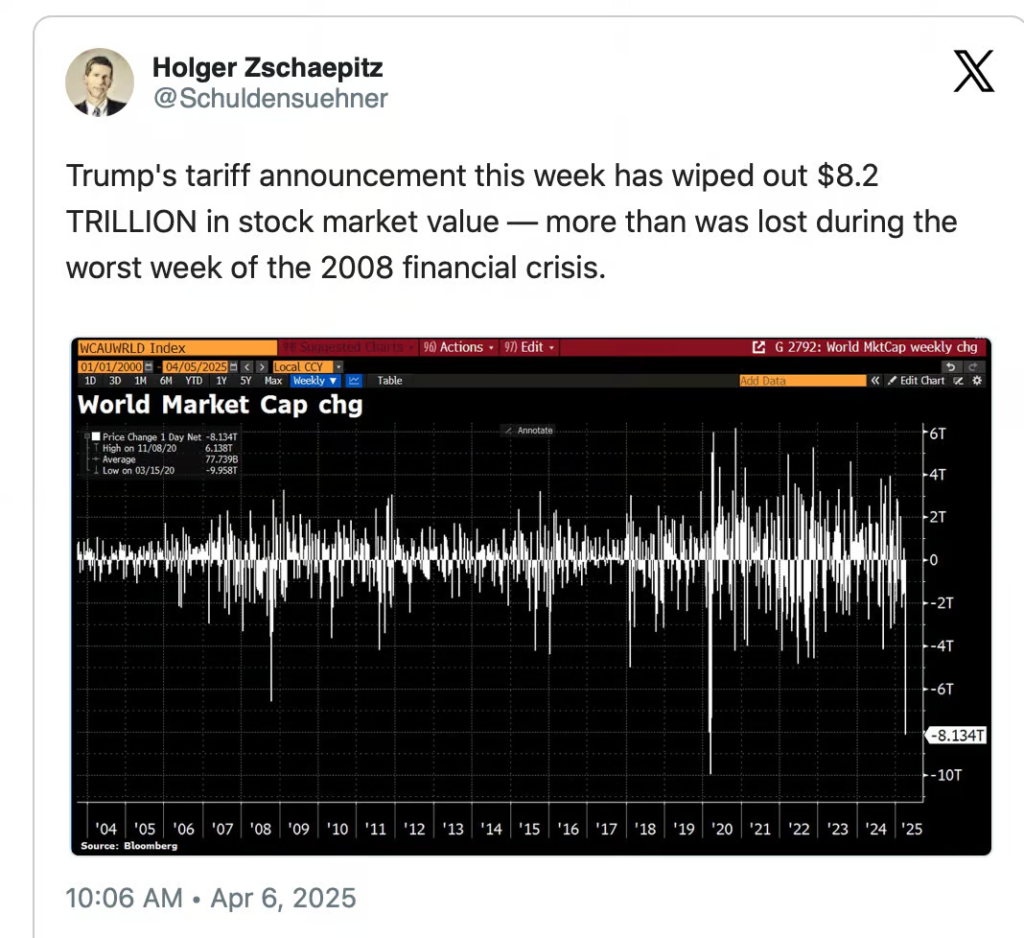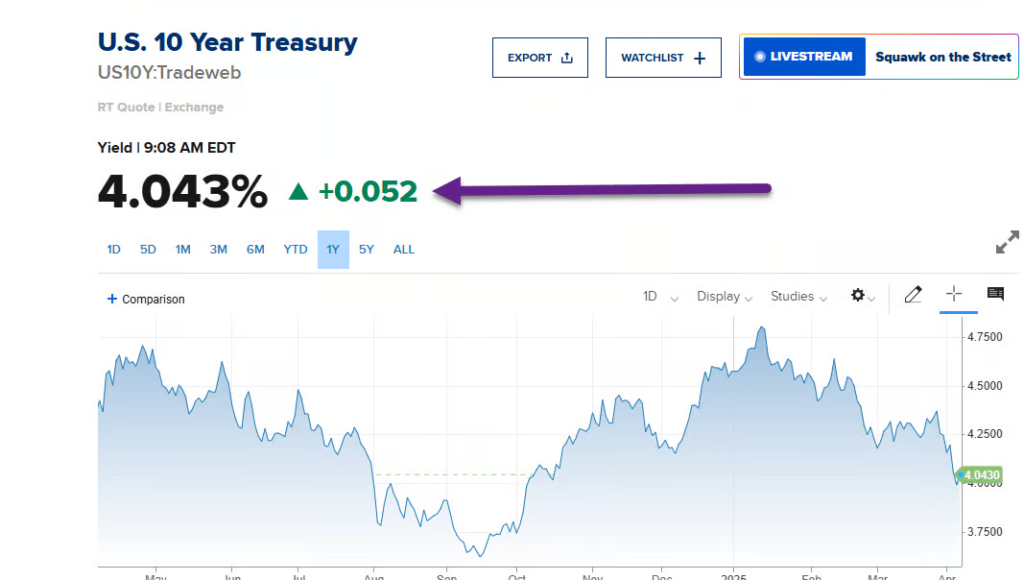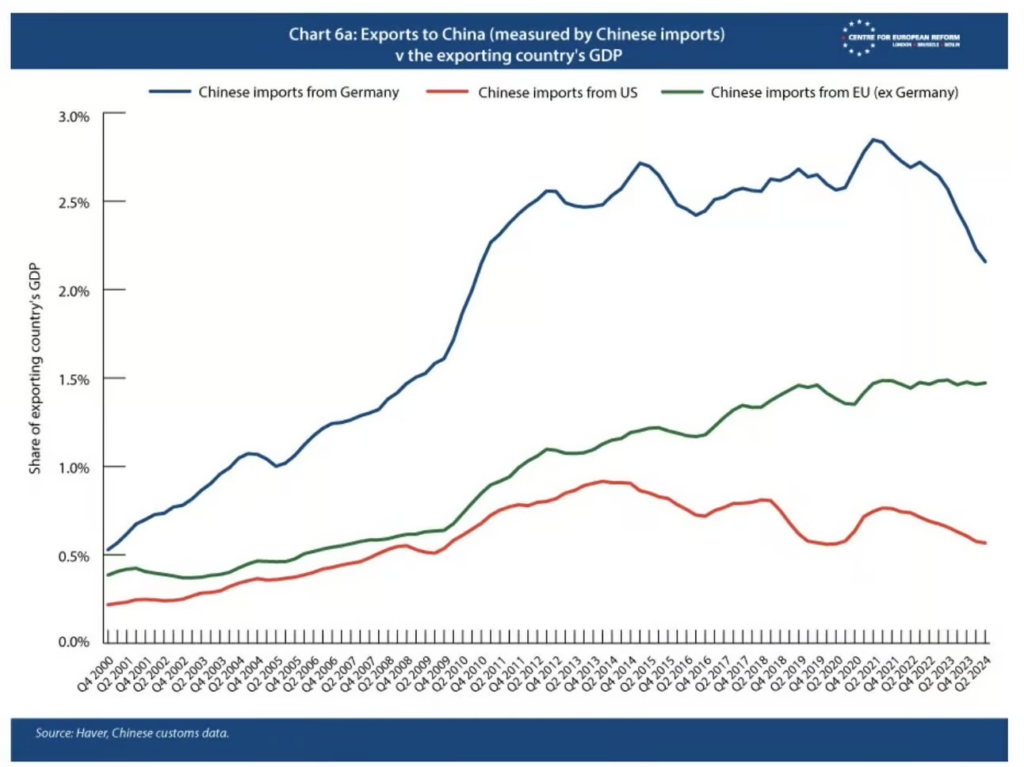1. High Volatility VIX History

Charlie Bilello
2. Updated: Foreigners Own 33% of U.S. Treasury Market

BofA Blog
3. International Stocks Outperforming for 2025 but Down in April EFA Developed Markets -5% April

StockCharts

StockCharts
4. Casino Stocks -50% High To Low

StockCharts

StockCharts
5. Volatility of Largest Company in World, AAPL
Talk about a roller coaster. After peaking just after Christmas, shares of AAPL lost more than a third of their value in less than four mhs and have since recovered more than 23% when you consider this morning’s gains. Volatility of this magnitude is notable when it occurs in just about any stock, but this is the largest company in the world we’re talking about. Are we really to believe that the company’s value has fluctuated by this magnitude in such a short period?

Bespoke Premium
With today’s 5% rally in the pre-market, AAPL is on track for its second straight daily gain of over 4%. Since the iPod was launched in 2001, the only other time the stock had a higher number of consecutive 4%+ daily moves was in October 2008 when there were three in a row. The current streak of back-to-back gains, if it holds, would be the first such streak since coming out of the Financial Crisis, but before that, they were common as the market cap was much lower.

Bespoke Premium
6. Due to Companies Like AAPL The U.S. has a Trade Surplus with China in Services

Liz Ann Sonders
7. 30-Year Mortgage Rate Flirting with 7% Again

Mortgage News Daily
8. Crypto Platform Kraken Rolls Out Stock Trading
Kraken unveils phased rollout for US stocks and ETF trading, shares plans for UK and European expansion.
Quick Take
- Kraken now supports equities trading on its digital asset exchange, powered by a brokerage deal with Alpaca.
- The firm teased the move in March after disclosing plans to acquire CFTC-regulated NinjaTrader for $1.5 billion.
Via The Block: San Francisco-based crypto exchange Kraken has added U.S. equities trading to its mobile and web platforms in a step forward for its offerings. The move will allow U.S. customers to manage crypto, stocks and Wall Street funds from a single account, similar to brokerages like Robinhood.
This expansion, executed in collaboration with licensed broker-dealer Alpaca, enables customers to trade over 11,000 U.S.-listed stocks and exchange-traded funds commission-free. More than half of the new offerings will include fractional investment, meaning buyers can purchase less than one whole share.
The program will initially be exclusive to select U.S. states with plans to expand nationwide as part of a phased rollout, according to an announcement on Monday. Additionally, Kraken has eyes on markets in the UK, Europe and Australia.
9. 600M Chinese Live on $140 a Mh

10. Countries with the Most High-Net Worth Individuals

The Visual Capitalist


